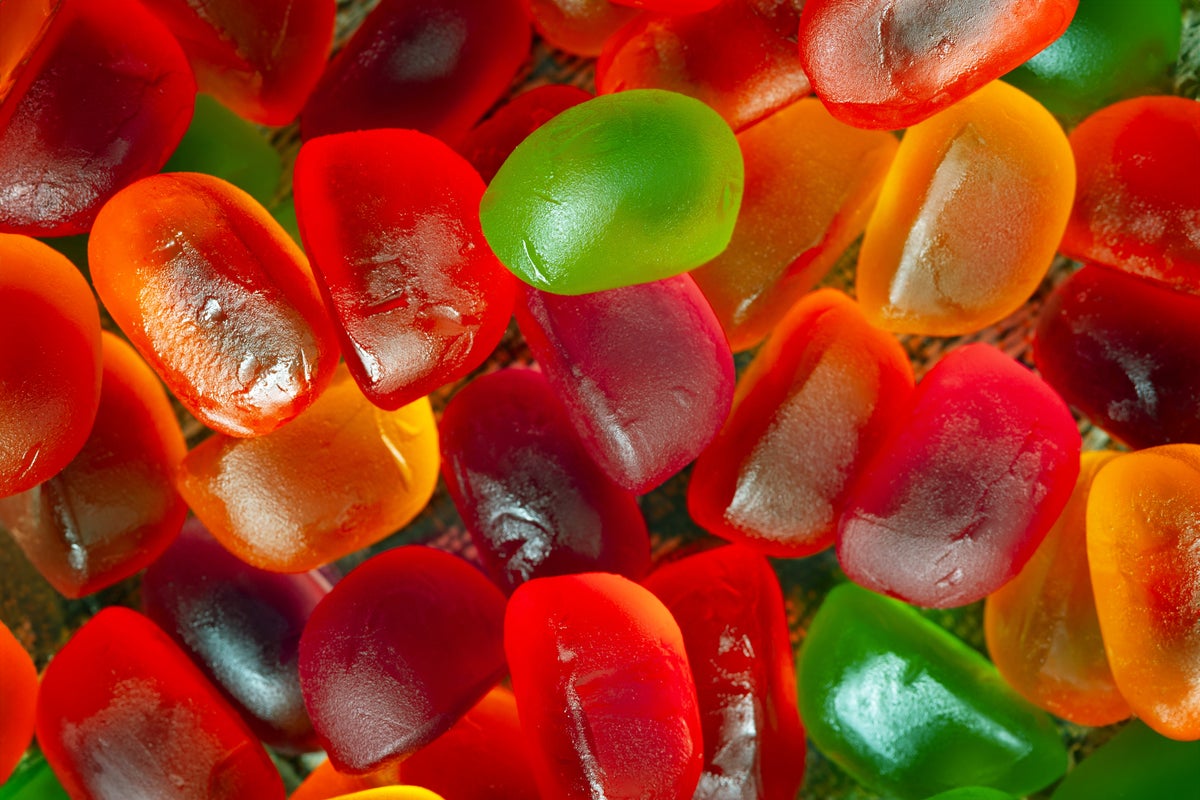
Microgreens are easy to grow indoors on a windowsill
Marina Bogachyova/Alamy
FOR several years, I have had a collection of greenery growing on my windowsill, a bunch of tiny leaves that provide me with freshly cut salad and a sprinkling of garnish on my meals.
These miniature versions of traditional herbs, vegetables, grains and grasses are known as microgreens. They are easy to grow – you plant them much like outdoor produce, but cultivate them indoors and harvest them after the first set of true leaves shows. There is a lot of variety, from cauliflower to kohlrabi, and they taste great too.
I am not alone in embracing the microgreen lifestyle. Worldwide, interest in these tiny plants has grown rapidly over the past 10 years. But they aren’t just for hobbyists: at least 16 per cent of indoor farming in the US is now devoted to microgreen production.
The reason? Microgreens have grown a reputation for being the superheroes of the nutrition world. Tens of thousands of articles have been published about their potential as “functional foods” that offer health benefits over and above that of mature vegetables. “If microgreens are included in our meals, it enriches our [health] because of the diversity of species used and the amount of nutrients they contain,” says Francesco Di Gioia, assistant professor of vegetable crop science at Pennsylvania State University. But, until recently, research into these plants has been sparse. So before investing further energy and money into developing my crop, I wondered: are they really doing anything for my health, or are they …


























































